Characteristics of various Synthetic fiber (polyester, nylon, spandex...)
Editor: SunHing │ Date: July 07, 2023
Synthetic fiber is a kind of chemical fiber made from synthetic linear polymer with suitable molecular weight and solubility (or fusibility) through spinning and post-treatment. These types of polymers with fiber forming properties are commonly referred to as fiber forming polymers. Compared with natural fibers and man-made fibers, the raw materials of Synthetic fiber are made by artificial methods, and the production is not restricted by natural conditions. In addition to the general superior properties of chemical fibers, such as high strength, light weight, easy washing and drying, good elasticity, and resistance to mildew, Synthetic fiber of different varieties have some unique properties.
Polyester (PET)
Introduction: The chemical name is polyester fiber. In recent years, it has been widely used in clothing, decoration and industry. Polyester has developed rapidly due to its easy availability of raw materials, excellent performance and wide use. It is the fastest growing chemical fiber among Synthetic fiber with the largest output and consumption, and has ranked first among chemical fibers. Imitating natural fibers such as wool, hemp, and silk in appearance and performance can achieve quite realistic effects; Polyester filament is often used as low elasticity yarn to make various textiles. Short fibers can be blended with cotton, wool, linen, etc. to process textile products with different properties, and can be used in clothing, decoration, and various fields.
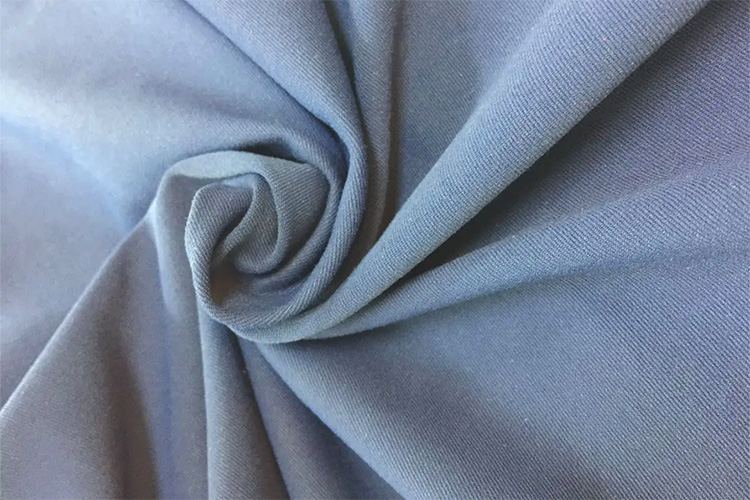
Performance: Polyester fabrics have high strength and elastic recovery ability. Therefore, it has good durability and wear resistance, is not prone to wrinkling, and has good shape retention. Polyester fabrics have poor moisture absorption, a stuffy feeling when worn, and are prone to static electricity and dust. After washing, they are easy to dry and do not deform, and have good washable and wearable properties. The heat resistance and thermal stability of polyester fabric are the best among synthetic fabrics, with thermoplastic properties, making it suitable for making pleated skirts with long-lasting pleats. Polyester fabrics have poor melting resistance and are prone to forming pores when exposed to smoke, sparks, and other materials. Polyester fabrics have good chemical resistance and are not afraid of mold and insect infestation.
Polyamide Nylon (PA)
Introduction: The chemical name is polyamide fiber, commonly known as "nylon". It is the first Synthetic fiber used in the world. Because of its good performance and rich raw material resources, it has always been a high yield variety of Synthetic fiber. The abrasion resistance of nylon fiber fabric ranks first among all kinds of fiber fabrics. The nylon filament is mainly used to make strong silk for the production of socks, underwear, Sweatshirt, etc. Nylon staple fiber is mainly blended with viscose, cotton, wool and other Synthetic fiber, and can be used as clothing fabric. It can also be used to make industrial products with high requirements for strength and wear resistance, such as tire cord, parachute, fishing net, rope, conveyor belt, etc.
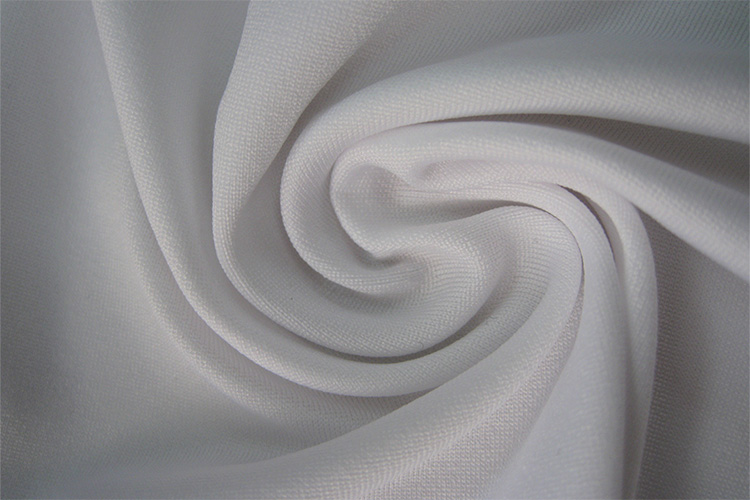
Performance: The wear resistance ranks first among various natural and chemical fibers, with excellent durability. Both nylon pure and blended fabrics have good durability. The hygroscopicity of Synthetic fiber fabric is better than that of polyester fabric. It is a light fabric. In addition to polypropylene, nylon fabric is lighter in Synthetic fiber fabrics. Therefore, it is suitable for making mountaineering suits, down jackets, etc. The fabric has good elasticity and resilience, but is prone to deformation under external forces, making it prone to wrinkling during wear. Both heat resistance and light resistance are poor, and it is necessary to pay attention to washing and maintenance during wear and use.
Acrylic fiber (PAN)
Introduction: The chemical name is Polyacrylonitrile fiber, also known as Orlon, cashmere fiber, etc. It is fluffy, soft and looks like wool, so it is called "synthetic wool". Acrylic fiber is mainly short fiber, which is used for pure spinning or blending with wool and other wool fibers, and can also be made into light and soft knitting wool. Thick acrylic fiber can also be used to weave blankets or artificial fur.
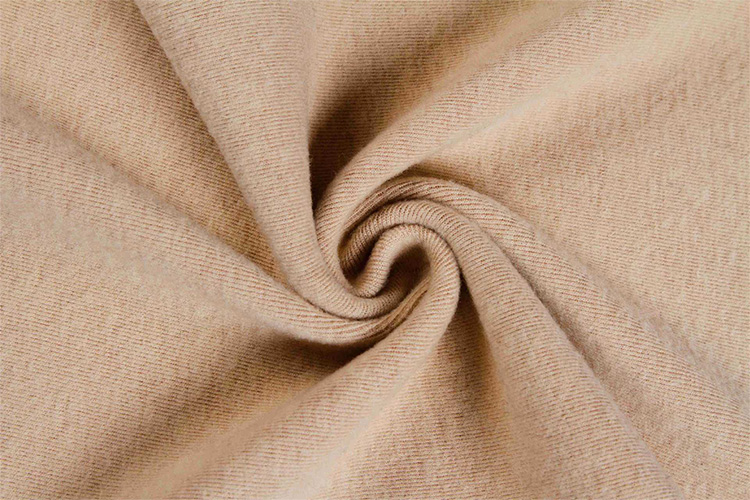
Performance: Acrylic fiber fabric, known as "synthetic wool", has the same elasticity and Fill power as natural wool, and its fabric has good warmth retention. It has good heat resistance, ranking second in Synthetic fiber, and is resistant to acid, oxidant and organic solvent. Acrylic fiber fabrics have good dyeing properties and bright colors. Fabric is a relatively lightweight fabric among synthetic fabrics, second only to polypropylene, making it a good lightweight clothing material. The fabric has poor moisture absorption, is prone to dirt such as dust, and has a stuffy feeling when worn, resulting in poor comfort. The fabric has poor wear resistance and is the worst type of chemical fiber fabric in terms of wear resistance. There are many types of acrylic fabrics, including acrylic pure textile fabrics, as well as acrylic blended and interwoven fabrics.
Polyurephane (PU)
Introduction: The chemical name is poly Carbamate fiber, commonly known as Elastic fiber. The most famous trade name is "Lycra" produced by DuPont. It is a chemical fiber with strong elasticity, which has been industrialized and become the most widely used Elastic fiber. Polyurephane fibers are generally not used alone, but are added in small amounts to fabrics, mainly used for spinning elastic fabrics. Polyurephane yarn is generally made into core spun yarn with other fibers or used after twisting. Polyurephane core spun underwear, swimwear, fashion, etc. are very popular with consumers. They are widely used in sock cuffs, gloves, necklines and cuffs of knitted clothing, Sportswear, ski pants, and tight fitting parts of aerospace clothing.
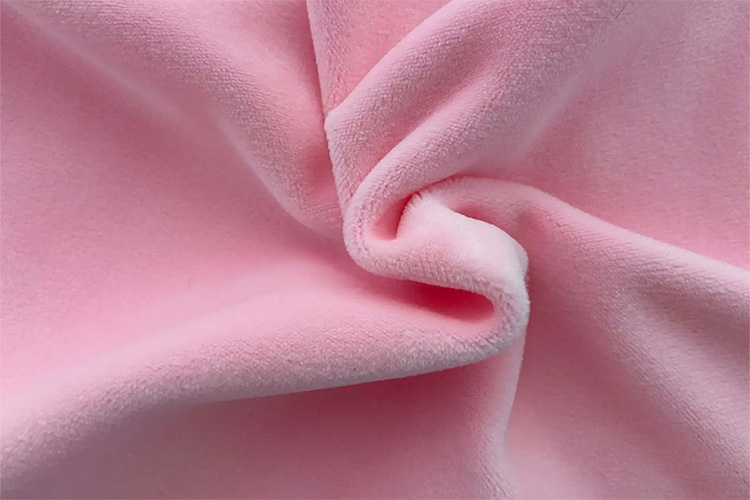
Performance: Polyurephane has very high elasticity and excellent elasticity, also known as "Elastic fiber". It is comfortable to wear, and is very suitable for making Skin-tight garment without compression. The appearance style, moisture absorption and permeability of spandex fabrics are close to those of natural fibers such as cotton, wool, silk and hemp. Polyurephane fabric is mainly used for the production of tight fitting clothing, sportswear, protective belts, and shoe soles. It has good acid resistance, alkali resistance, and wear resistance. Mainly fabrics containing spandex, mainly a blend of cotton polyester and spandex, with spandex generally not exceeding 2%. The elasticity mainly depends on the percentage of spandex in the fabric. Generally, the higher the proportion of spandex in the fabric, the better the extensibility and elasticity of the fabric. The main characteristics of spandex fabric are its excellent elongation characteristics and elastic recovery ability, good sports comfort, and also the wearing performance characteristics of wrapped fibers.
Polyvinyl alcohol (PVA)
Introduction: The chemical name is polyvinyl alcohol fiber, also known as Vinylon, etc. The vinylon is white and bright, soft as cotton, and is often used as a substitute for natural fiber cotton, so it is commonly known as "synthetic cotton". Vinylon is mainly made of short fibers, often blended with cotton fibers. Due to limitations in fiber properties, it has poor wearability and low price, and is generally only used to make low-end work clothes or civilian fabrics such as canvas.
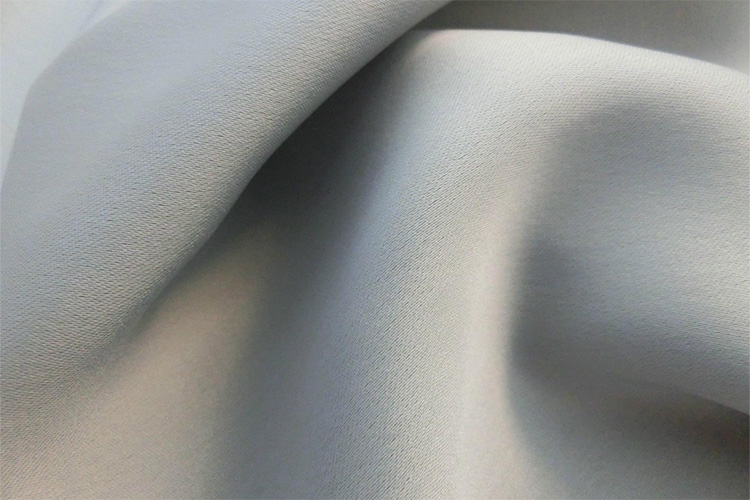
Performance: Vinylon is known as synthetic cotton, but due to its poor dyeing and appearance, it is still only used as an underwear fabric for cotton blends. Its variety is relatively monotonous, and there are not many varieties of designs and colors. The moisture absorption of vinylon fabric is better in synthetic fabrics, and it is firm, wear-resistant, and lightweight and comfortable. Poor dyeing and heat resistance, poor fabric color, poor wrinkle resistance, and poor wearing performance of vinylon fabric, making it a low-end clothing material. Corrosion resistance, acid and alkali resistance, and low price, therefore it is generally used for making work clothes and canvas.
Polypropylene (PP)
Introduction: The chemical name is polypropylene fiber, also known as nylon, which is the lightest fiber raw material and one of the lightweight fabrics. It has the advantages of simple production process, low price, high strength, and light relative density. It can be spun pure or mixed with wool, cotton, viscose, etc. to make various clothing materials, and can also be used for various knitted goods, such as socks, gloves, knitwear, knitted pants, dishwashing cloth, mosquito net cloth, duvet, warm padding, etc.
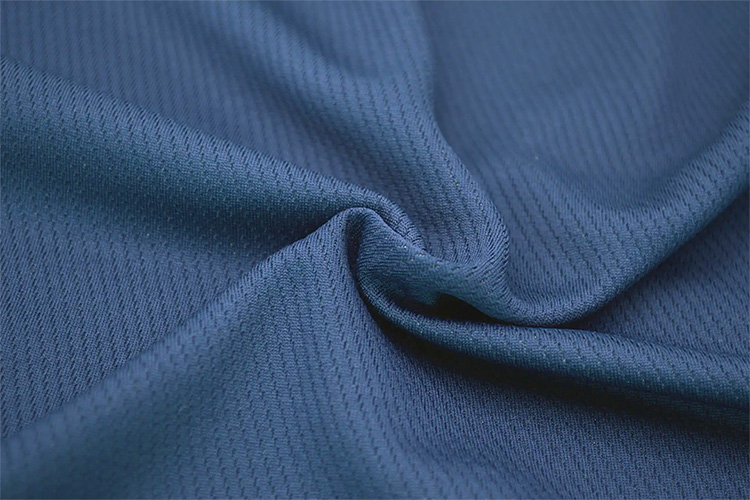
Performance: The relative density is relatively small, making it one of the lightweight fabrics. Due to its extremely low moisture absorption, its clothing is known for its advantages such as fast drying, refreshing, and non shrinkage. It has good wear resistance and high strength, and the clothing is sturdy and durable. Corrosion resistant, but not resistant to light, heat, and easy aging. Poor comfort and poor dyeing properties.
Polyvinyl chloride (PVC)
Introduction: The chemical name is PVC fiber, and the foreign names are Tianmeilun, Lowell, etc. The Synthetic fiber is made from PVC by wet or dry spinning. It has self-extinguishing properties, which are not possessed by ordinary natural and chemical fibers. It has good warmth retention, insulation, high chemical stability, and good wear resistance, but poor heat resistance, light resistance, and thermal conductivity. It cannot be ironed, disinfected with steam, washed with boiling water, or dyed at high temperatures, and is not flammable.
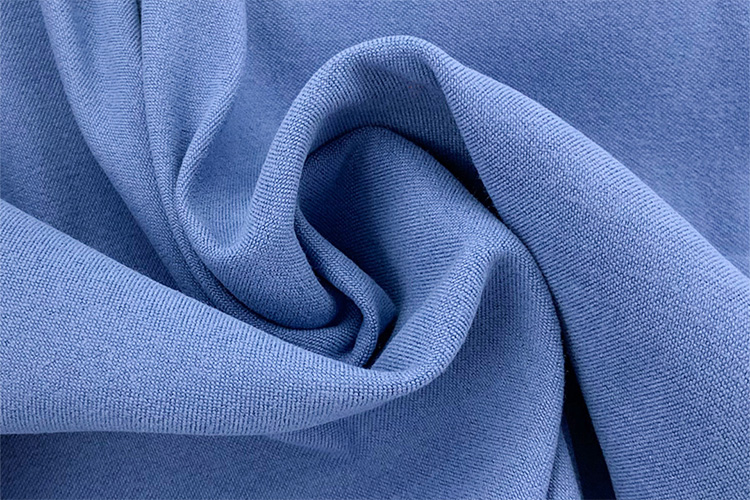
Performance: The outstanding advantages of chloroprene are flame retardancy, warmth retention, sun resistance, wear resistance, corrosion resistance, and moth resistance, as well as good elasticity. It can be used to manufacture various knitwear, work clothes, blankets, filter fabrics, corduroy, tents, etc. Especially due to its good warmth retention, easy production and maintenance of static electricity, knitted underwear made of it has a certain therapeutic effect on rheumatoid arthritis. However, its application is limited due to poor dyeing properties and high thermal shrinkage. The improvement method is copolymerization with other fiber varieties (such as vinylon) or lotion mixed spinning with other fibers (such as viscose fiber). The disadvantage of chloroprene is also quite prominent, which is its poor heat resistance.
Aramid (AR)
Introduction: The chemical name is aramid fiber, which is a new high-tech Synthetic fiber. It has excellent properties such as ultra-high strength, high modulus, high temperature resistance, acid resistance, alkali resistance, light weight, etc. Its strength is 5-6 times of that of steel wire, modulus is 2-3 times of that of steel wire or glass fiber, toughness is twice of that of steel wire, and weight is only about 1/5 of that of steel wire. At 560 ℃, it does not decompose or melt. It has good insulation and anti-aging performance, and has a long life cycle. The discovery of aramid is considered a very important historical process in the material industry.
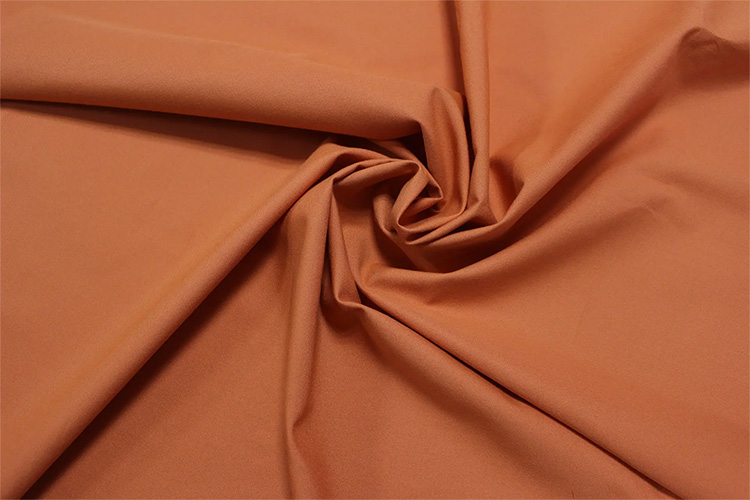
Main purpose and characteristics: The promising properties of aramid fibers in the market are mainly the following: high impact resistance, high wear resistance, high chemical resistance, and high heat resistance degradation. It is mainly used as raw materials for the following products: sneaker soles, Bulletproof vest, motorcycle protective clothing, sails, spacecraft fuselage shells, etc.

